The Future Forest Company on OpenAir CDR: Natural approaches to CO2 removal
The Future Forest Company project in Brisbane Mains, Scotland
The Future Forest Company featured on OpenAir CDR
When it comes to national and international discussions of the climate crisis, so much of the focus has been on decarbonization methods: What can countries and corporations do to reduce track and reduce their carbon footprint? Experts agree that this is a necessary step in reducing future warming – and the inevitable consequences that come with a 2°C temperature increase – but this approach is inherently limited, circumventing the very real problems of the here and now. Decarbonization offers only half a solution; the other half involves active CO2 removal (CDR) which is just as critical – if not more critical – for the long-term health of the planet.
Research and development into current and potential CDR techniques suggests that we will need to invest in multiple approaches to drastically remove CO2 at a large scale. In a recent “This is CDR” episode from the OpenAir Collective, Peter Olivier and Jim Mann of The Future Forest Company presented their own innovative approaches to CDR. Specifically, Mann and Olivier spoke on the company’s three-pronged, nature-inspired methods that include a combination of reforestation, biochar, and enhanced rock weathering.
As covered in a previous Remineralize the Earth feature, The Future Forest Company promotes a model that “balances purpose and profit, accelerating investment and allowing impacts to grow at scale.” With these core components governing company initiatives, they aim to “remove CO2 at scale from the atmosphere, stop global warming, fight climate change and protect biodiversity.”
The foundational approach: Reforestation
When Mann and his co-founder Jade Read first formed The Future Forest Company in Scotland in 2019, they had primarily focused their efforts on reforestation. Reforestation is considered the “natural approach”: by planting a diverse and habitat-compatible population of trees, forests sequester carbon on their own. Research suggests that reforestation alone could remove up to 3.6 gigatons of CO2 annually. In addition to carbon sequestration, reforestation has the healthy co-benefit of promoting and sustaining biodiversity on previously degraded land.
The Future Forest Company has promised to plant an astounding 50 million trees by 2025. In their first year they acquired 1500 hectares of land in Scotland, demonstrating their commitment to the goal of large-scale carbon sequestration.
So far, they have four successful reforestation project sites: Dumyat, Brisbane Mains, The Haining, and The Glenaros Estate. Each of these projects provide habitats for a diverse range of mammals, birds, reptiles, insects, and plants and fungi, all of which contribute to a healthy ecosystem. In an effort to increase community impact alongside an environmental impact, these sites also promote educational and information access through research resources.
A holistic approach is a diverse approach
However, this nature-based solution is not the only solution that The Future Forest Company is seeking to employ to address the climate crisis. They are also interested in the issue of permanence: “We need to reforest, restore and regenerate…[but] we also need more permanent and durable carbon sequestration strategies,” said Olivier during his presentation.
Reforestation efforts characterize their initial work, but The Future Forest Company wants to build on this, accelerating natural carbon sequestration using strategies that are scalable and holistic. For these strategies, the company is turning its attention to researching enhanced rock weathering (ERW) and biochar. These two additional methods are being researched independently, and in addition to reforestation (“co-deployment”), to determine efficient, low cost, and scalable solutions that will actively remove carbon from the atmosphere permanently.
As detailed in our previous coverage, Future Forest will be using renewable power for the rock crushing, thus removing the largest energy challenge for remineralization. To apply rock dust and biochar, Future Forest is at first designing their forests to be accessible for driverless four-wheel drive vehicles that will apply rock dust and biochar.
Speeding up the natural process of erosion via ERW
As described by Olivier, ERW is a natural, key component of the global carbon cycle. It mimics the natural process of erosion by crushing rocks (such as basalt) into dust. The resulting product is then spread on available land surfaces (e.g. croplands and forestry) to sequester massive amounts of CO2.
The benefits of ERW are robust. While natural erosion processes take several hundred-thousand years, ERW takes approximately one year. Modifying rock in this way is low cost yet scales up significantly: When applied to two-thirds of available land surface, ERW could draw down carbon on the magnitude of several gigatons per year. This is a natural, permanent, and highly-scalable solution that has been the focus of recent scientific research and should continue to be explored.
According to the website, The Future Forest Company is currently working on “one of the first large-scale trials of ERW on land”, by spreading rock dust on their forest sites. Early results from these trials will hopefully serve as promising evidence for the longevity, durability, and scalability of ERW as a viable solution.
Introducing biochar into the Earth sequesters carbon and revitalizes soil communities
The third technique Olivier covered is the use of biochar, a stable material that stores CO2 from the atmosphere for hundreds of years. Biochar itself is a carbon-rich product of pyrolysis, the process by which biomass (forest waste) is baked in a low oxygen environment.
The use of biochar is analogous to carbon sequestration resulting from wildfires. While wildfires certainly contribute to CO2 being released, they also naturally store approximately 250 Mt of carbon annually, in the form of biochar. In fact, 13% of soil is made up of carbon from fire, enhancing the feedback between rich soils and carbon sequestration capacity.
When biochar is introduced to the earth, it fosters the growth and vitality of the microbiomes in the soil. “The soil communities like biochar,” said Olivier, and as a result, we see renewed life. Biochar’s high surface area aids in water retention, granting plants access to water and nutrients for much longer, while preventing harmful fertilizers from running off into water systems.
Studies suggest that biochar is durable, sequestering 10-20 Gt of carbon in the soil for thousands of years – an effective solution, especially when considering that it is highly scalable, low-cost, and natural.
Exploring the “middle ground”
Each technique brings its own benefits to the environment. However, key differences in scalability, durability, and sequestration potential exist that warrant further research, especially when we consider the potential impacts of co-deployment.
Olivier described the symbiotic relationship between ERW techniques, biochar and plants: “There’s a lot of good that can be done,” said Olivier. ERW alongside reforestation can have massive implications for CDR and the general health of the soil. Looking at ERW and remineralization use in Brazil, for example, has shown that spreading rock dust in depleted soils can successfully drive plant growth, without the use of harmful NPK fertilizers.
Mann is specifically excited about co-deployment techniques and finding the most successful combination of the three methodologies. He believes that “…the fastest way to gigaton removal is in this middle ground area.”
One of the key questions that must first be addressed is the feasibility of a technique at a given location. For instance, the wet, temperate climate in Scotland is highly conducive to reforestation, biochar, ERW, independently, and concurrently. Moreover, Scotland’s geography grants the country slowed devastation from increased warming.
This resistance to noticeable temperature-induced climate effects is not the case for many places on the planet, many of which are vulnerable to 2 degrees Celsius of warming. In these cases, natural CDR techniques need to be decoupled to fully understand how, when, and where they should be employed for maximal success.
Mann and Olivier emphasized the need for balance between the approaches – a fundamental consideration when dealing with a delicate ecosystem susceptible to sudden changes that can disrupt equilibrium.
Research suggests that reforestation facilitates the least carbon removal. ERW and biochar are both on the gigaton scale, while reforestation sequesters only a few Mt (million of tons) of carbon annually. “If you can’t get it to a million tons, it’s not of real value for carbon removal. How do we get this to a billion tons? How do we get it to a gigaton? That’s our North Star,” Mann said.
That “North Star” – those metrics that point innovators at The Future Forest Company in the direction of massive CO2 drawdown – is likely a combination of ERW, biochar, and reforestation.
Which technique and how much of that technique are critical research questions that scientists and farmers alike are examining. There is no precise formula to dictate what the Earth needs: The Earth has given us the tools – biochar, rock dust, forests – but we must now tinker with these techniques to correct the imbalance we’ve created in our ecosystems.
Finding the right performance measures to deploy the best techniques
Currently, there are no definitive protocols or measurements in place to determine ERW’s performance. Empirical models exist that predict the effects that ERW could have on a global scale.
On-the-ground measurements may include particle size distribution, surface area to volume ratio, soil type, chemistry, mineralogy, environmental conditions, and temperature; these are all valuable metrics that can be used to model larger ERW effects with a good deal of accuracy.
But as of now, we still need to run experimental trials to determine exactly what effect(s) ERW co-deployment is having on the global environment.
While Mann emphasized the likely positive effects of ERW, reforestation, and biochar co-deployment, he stressed that The Future Forest Company is working with scientists to monitor for negative impacts and to ensure that “we understand what happens” when CDR techniques are applied at a large scale.
The Future Forest Company is working to physically decouple these three techniques at their sites. They are increasing their collaboration with and outreach to partners to more accurately measure soil health to move remineralization to scale.
In furtherance of these goals, they are planning to perform projects in semi-arid environments such as South Africa. South African-born Professor Peter Wade of Future Forest Company is advising Remineralize the Earth, also partnering with North-West University, to carry out a demonstration trial with a stakeholder farmer in the agricultural region north of Pretoria beginning in June 2022.
The science community is on board, but collective efforts are needed to scale up massive CDR
When it comes to the social acceptance of reforestation, biochar, and ERW, Mann’s experience has been (predictably) mixed. Farmers, he said, were “initially skeptical,” but accepted the methodology readily after early and promising results.
On the business side of the issue, Mann described how he has seen a massive switch recently. Mann credits this to the general CDR community, which has done laudable work in communicating to investors why CDR is urgently needed.
The real problem with social acceptance has, and continues to be, on the policy side. Policy isn’t moving fast enough to acknowledge, express, and correct the problems created by corporations and governments. Mann stressed that part of the problem with political momentum comes from failing to understand that we need to both decarbonize – through removables – and actively remove CO2 from the atmosphere.
It is essential that we invest in and build the technologies needed both to decarbonize and to remove carbon at a global scale. Some of these solutions – reforestation, biochar, and ERW – already have infrastructure in place to scale up, and to scale up quickly. While these technologies mimic the natural processes that the Earth has been doing for centuries, the “natural way” is no longer sufficient; we need to combine our efforts – research, development, technology, activism and policy – to rapidly deploy viable solutions.
For more information, you can watch Mann and Olivier’s entire presentation, which includes questions from hosts Toby Bryce and Megha Raghavan, as well as audience questions. You can learn more about the OpenAir Collective and their entire CDR series by checking out their resource page.
Meghan Willcoxon is currently a doctoral student studying cognitive science at Brown University. She was a winner of the Hyundai Visionary Challenge for 2018-2019. She is a quantitative researcher for the Brown University Virtual Environment Navigation Lab.
Support us on Patreon
Thank you for joining us today! Please become a member of RTE and support us on Patreon. Unlike many larger organizations, we work with a team of determined and passionate volunteers to get our message out. We aim to continue to increase the awareness of remineralization to initiate projects across the globe that remineralize soils, grow nutrient dense food, regenerate our forests’ and stabilize the climate – with your help! If you can, please support us on a monthly basis from just $2, rest assured that you are making a big impact every single month in support of our mission. Thank you!

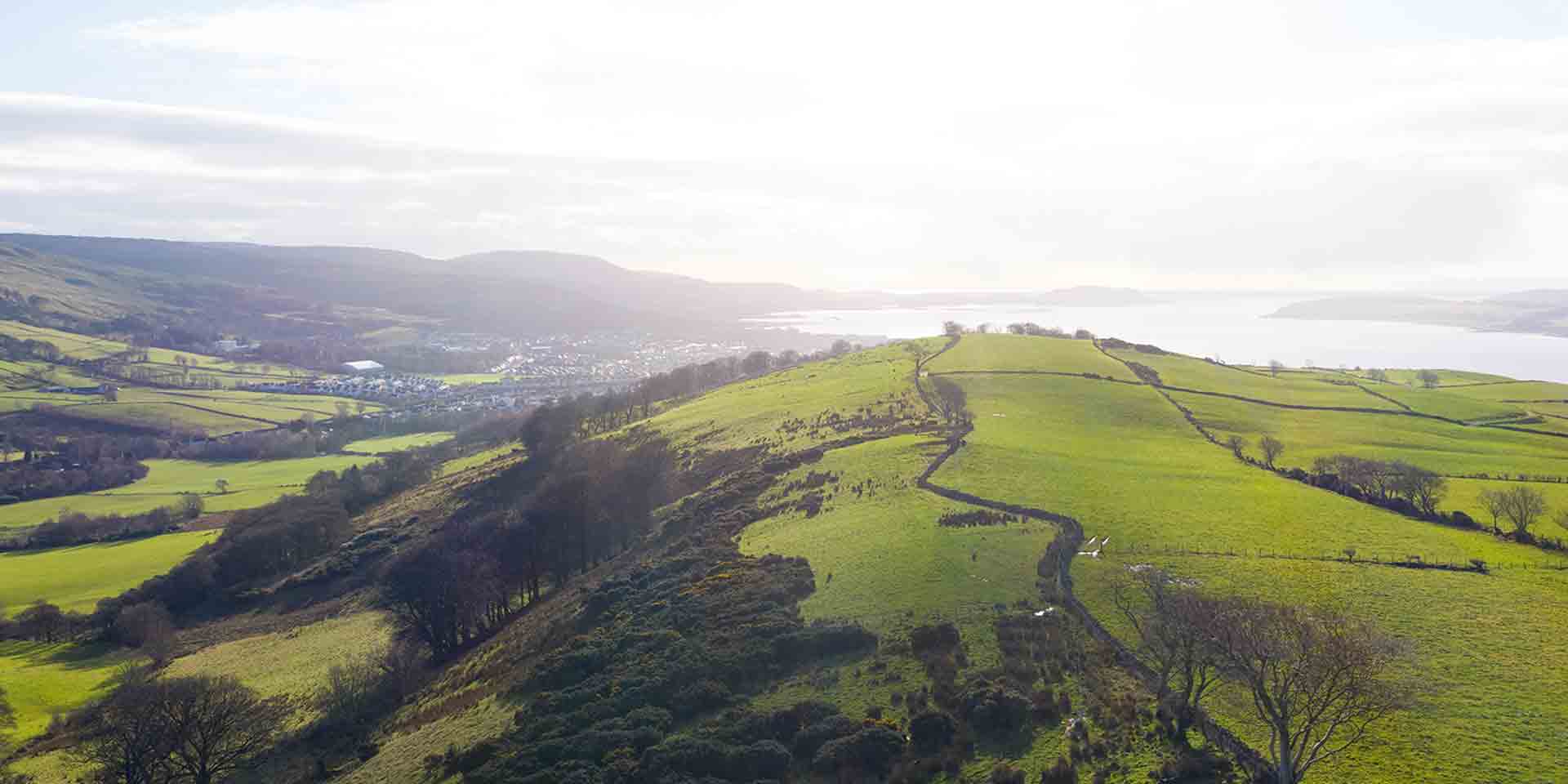
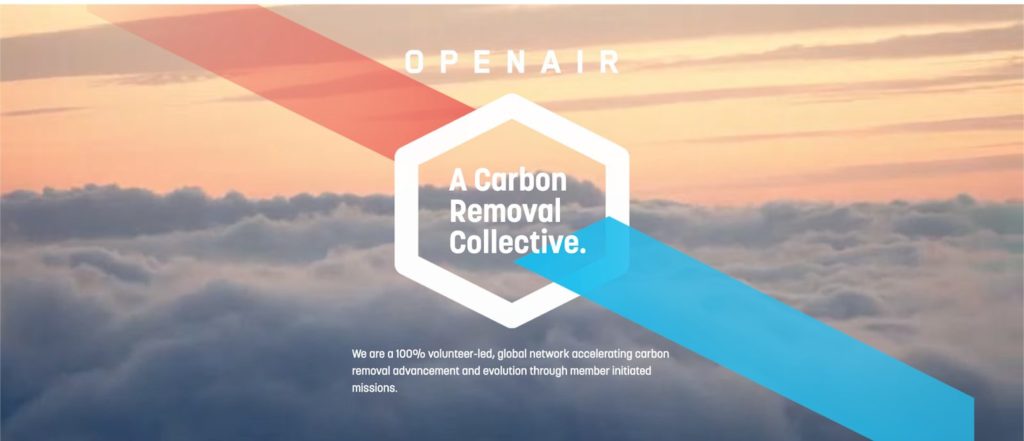
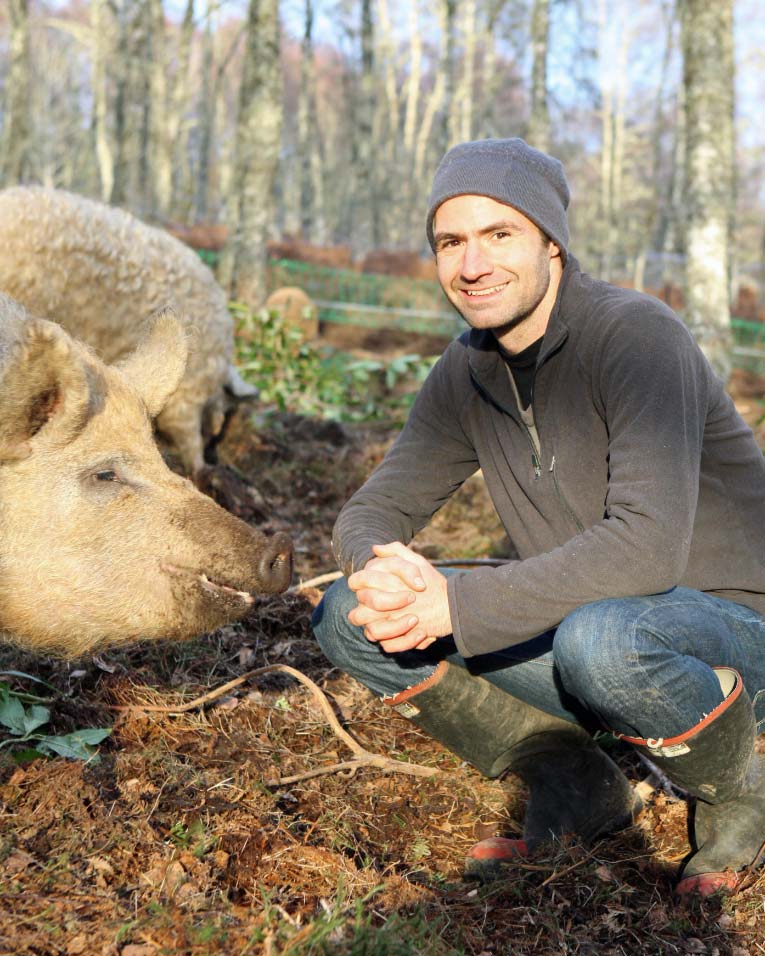
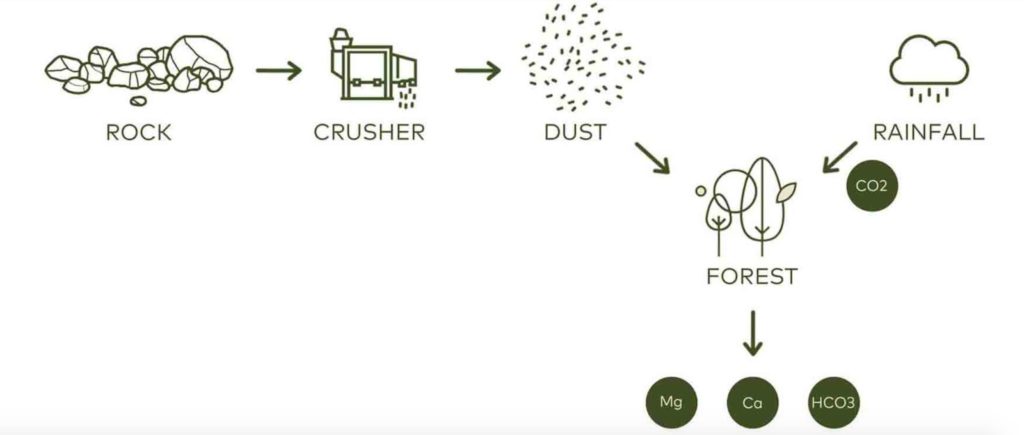
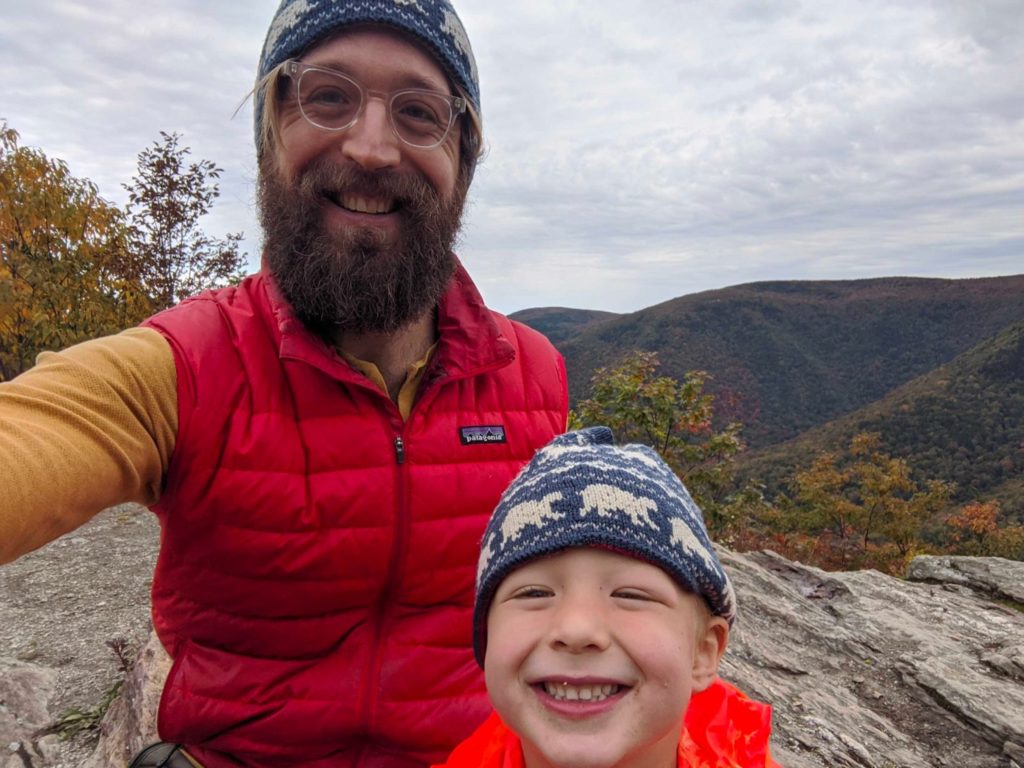
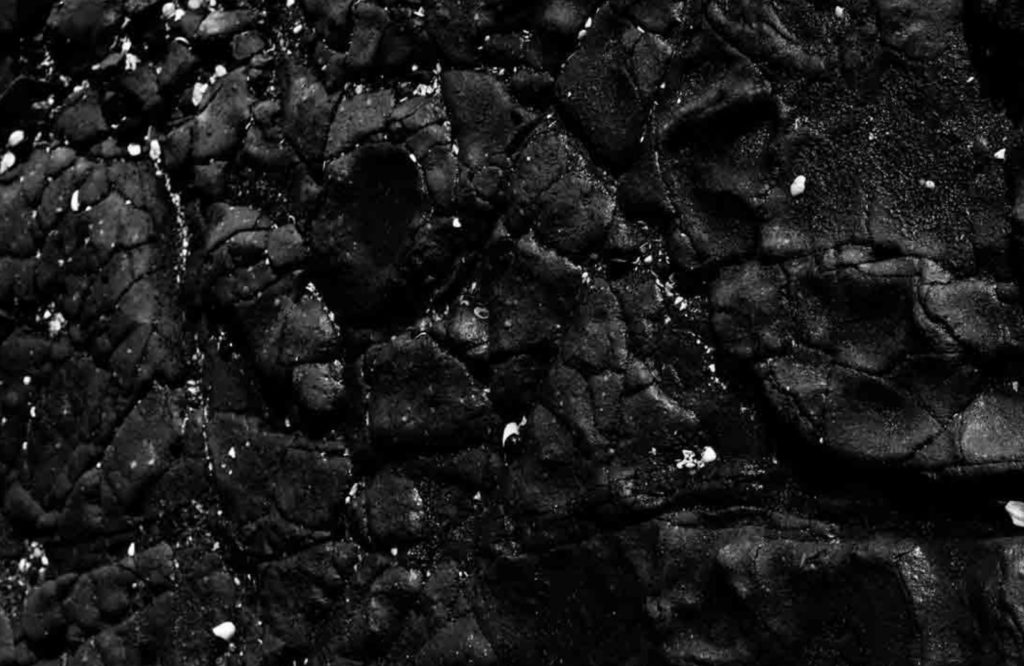
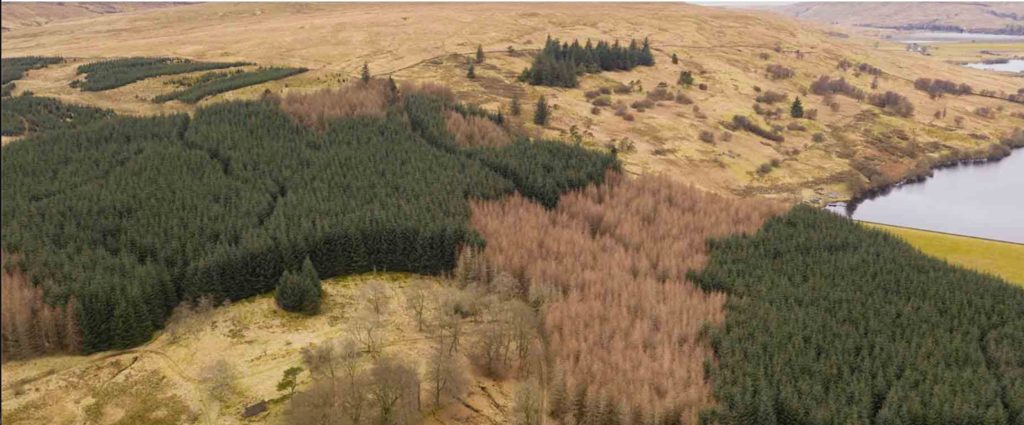
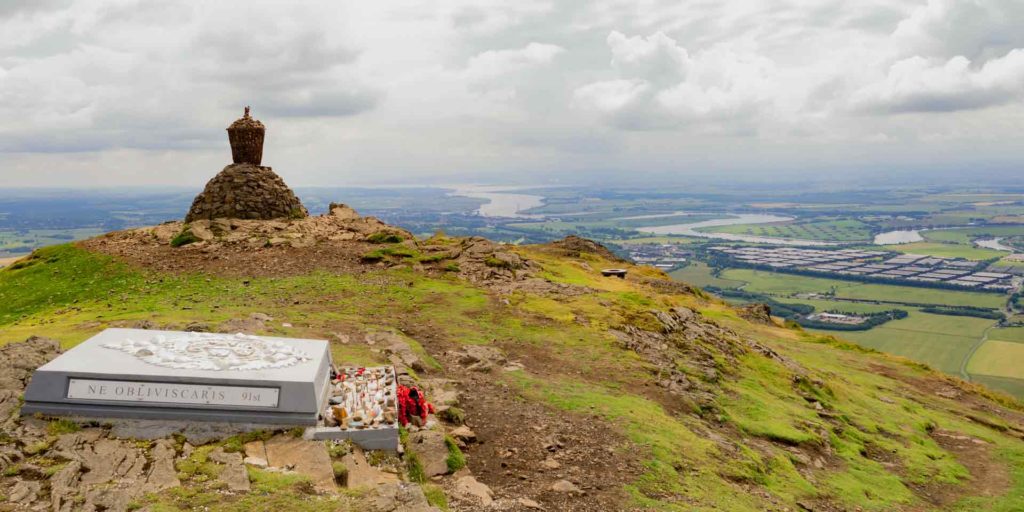
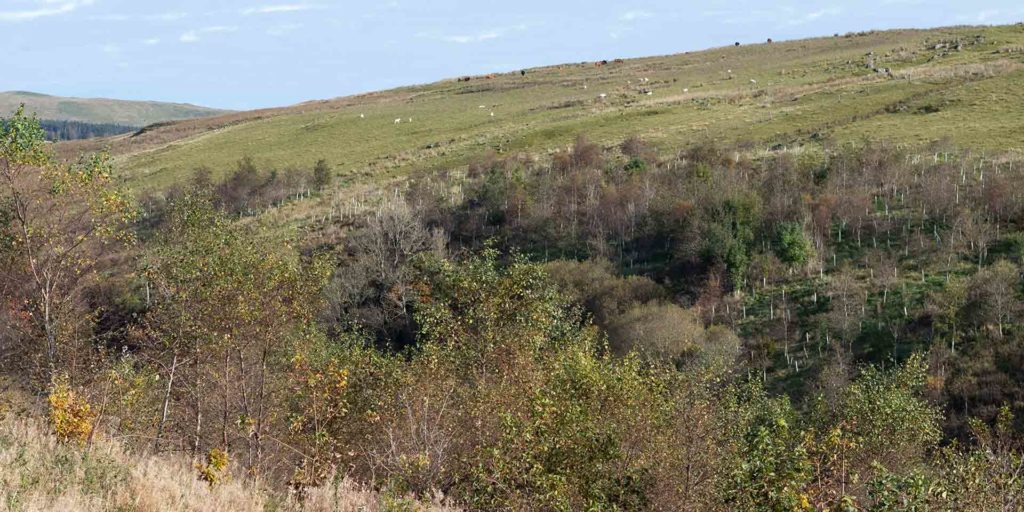
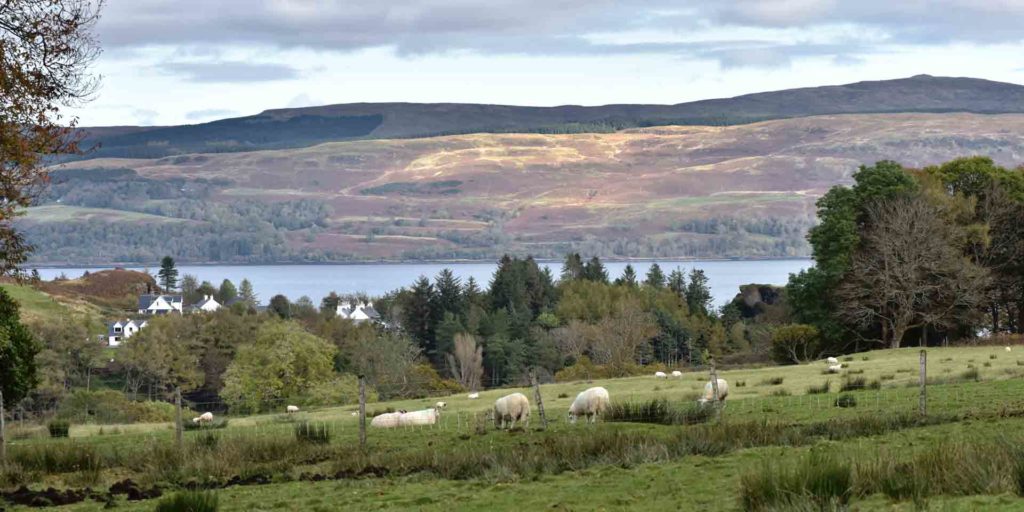






Ernie Lairinen
November 16, 2023 (2:05 pm)
I would like an outline to specifically propose your concepts to both governments and to a large forestry company in Oregon to encourage its use on their properties.
Joanna Campe
November 19, 2023 (10:14 am)
Feel welcome to download our whitepaper, and I will contact you to share an email that we sent to Congressman McGovern.